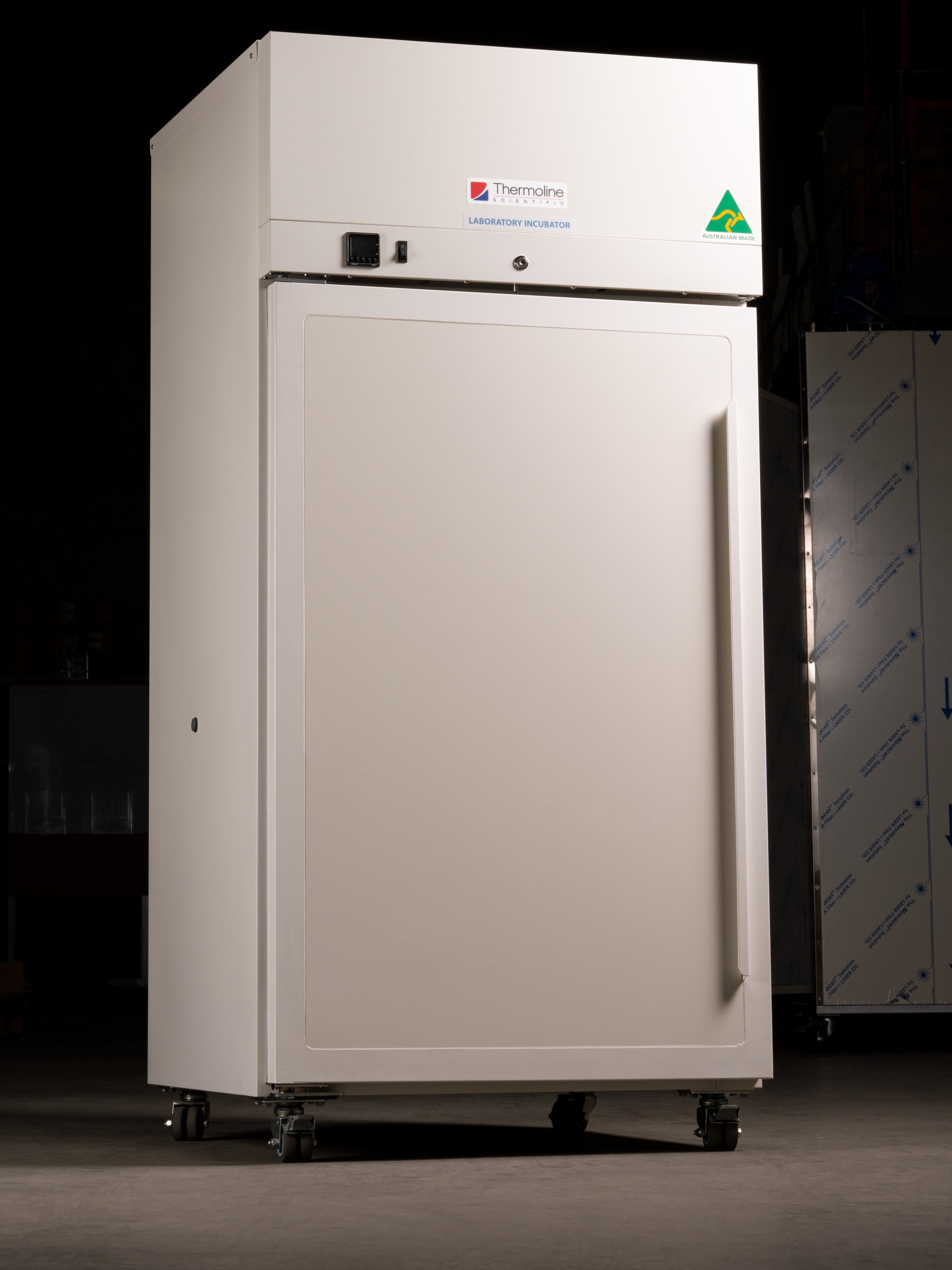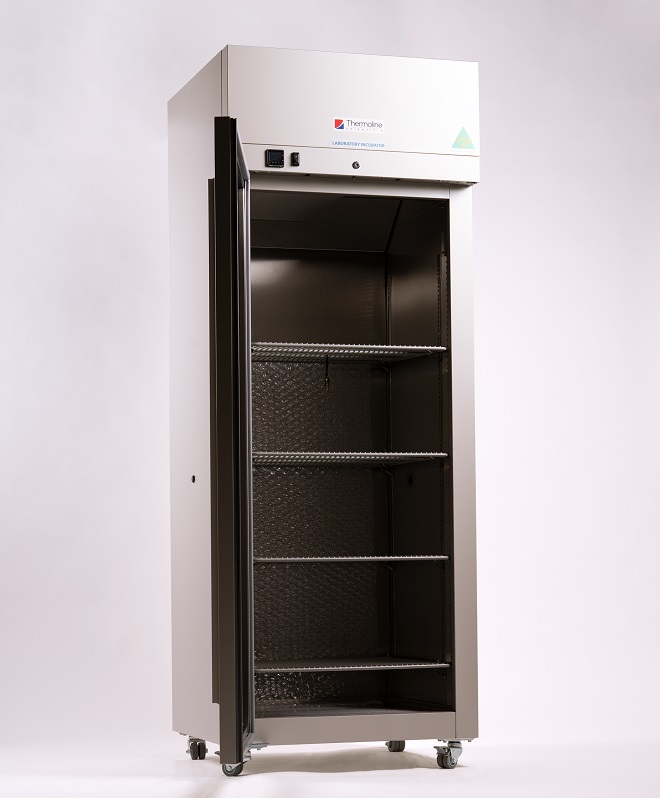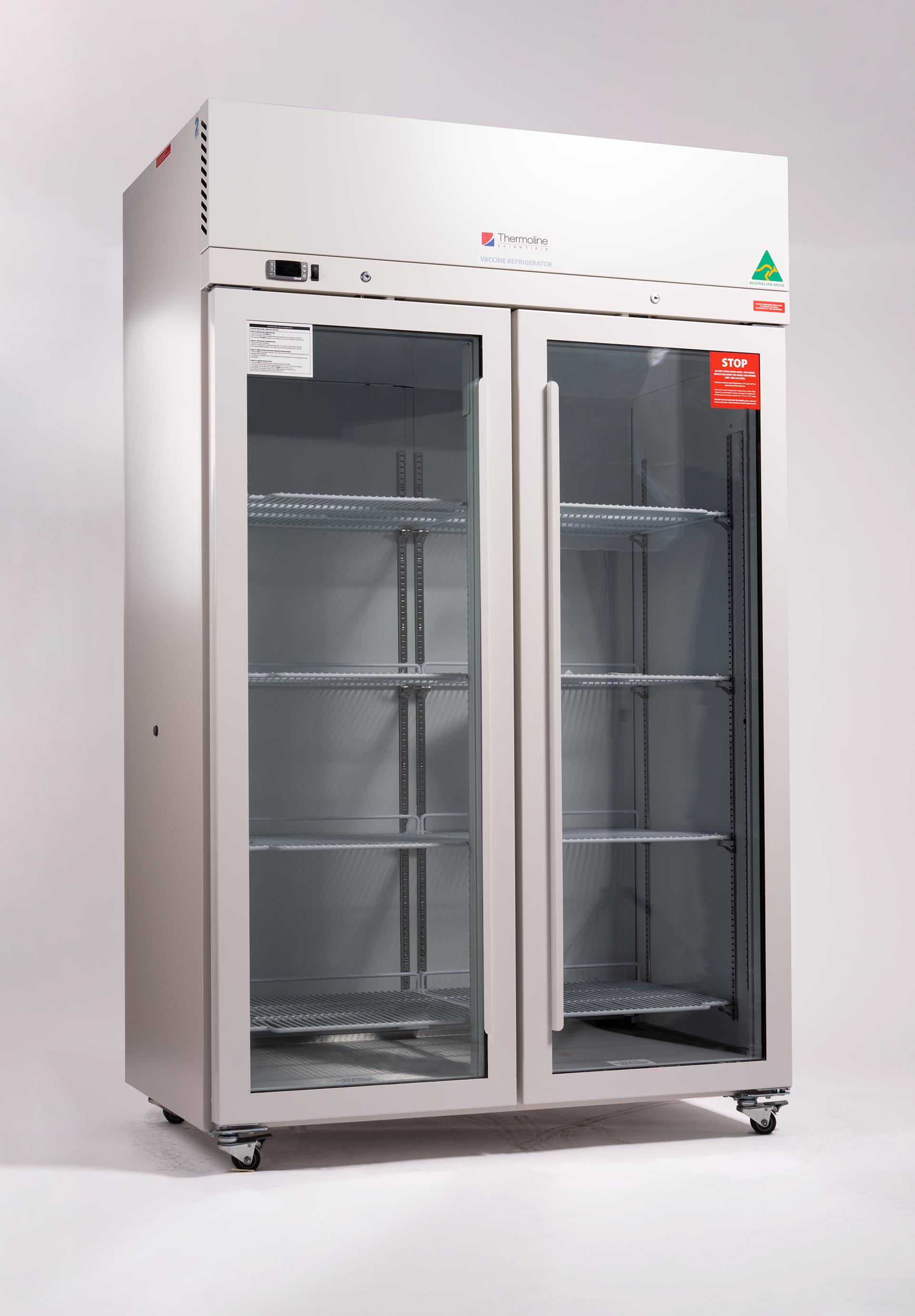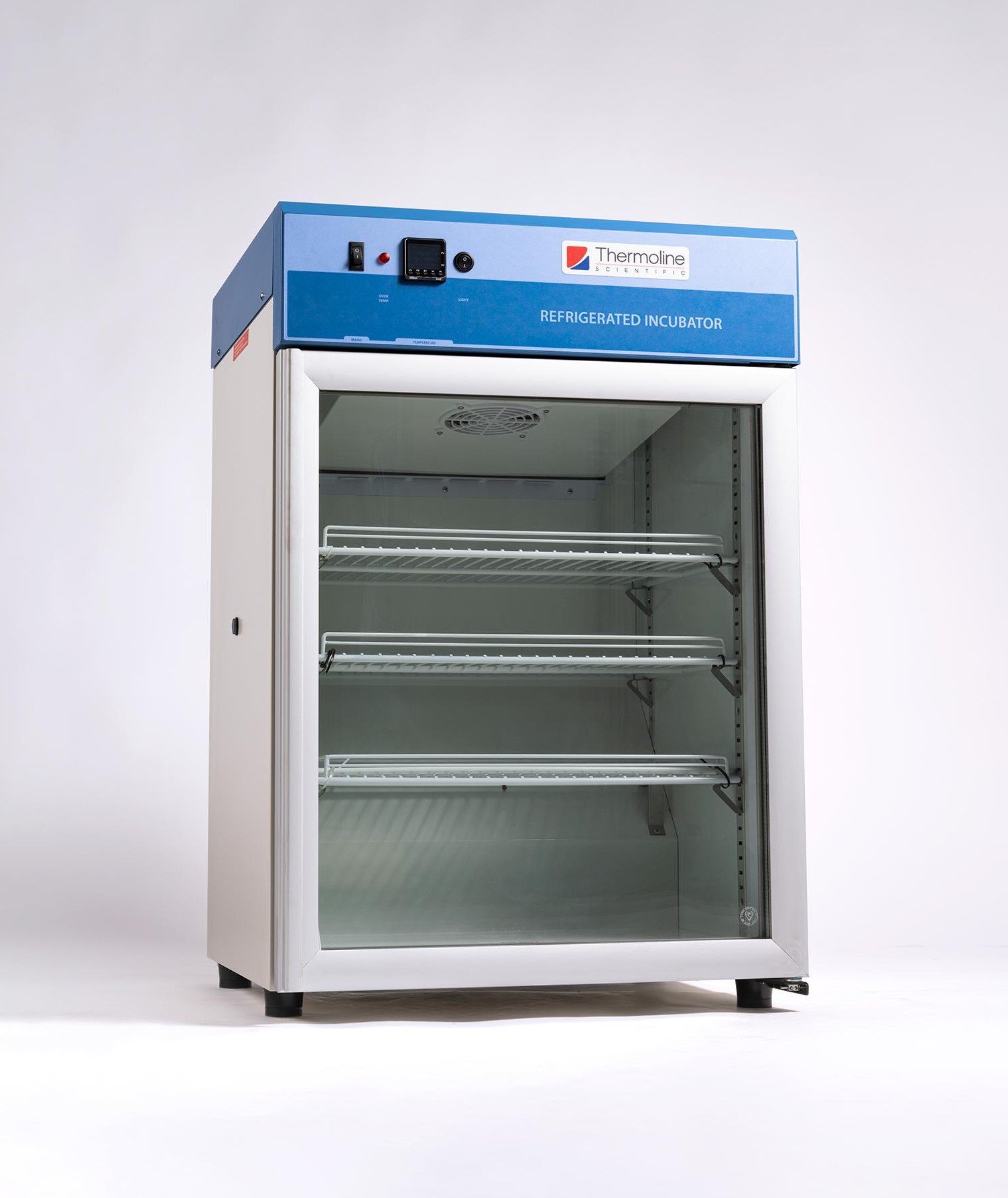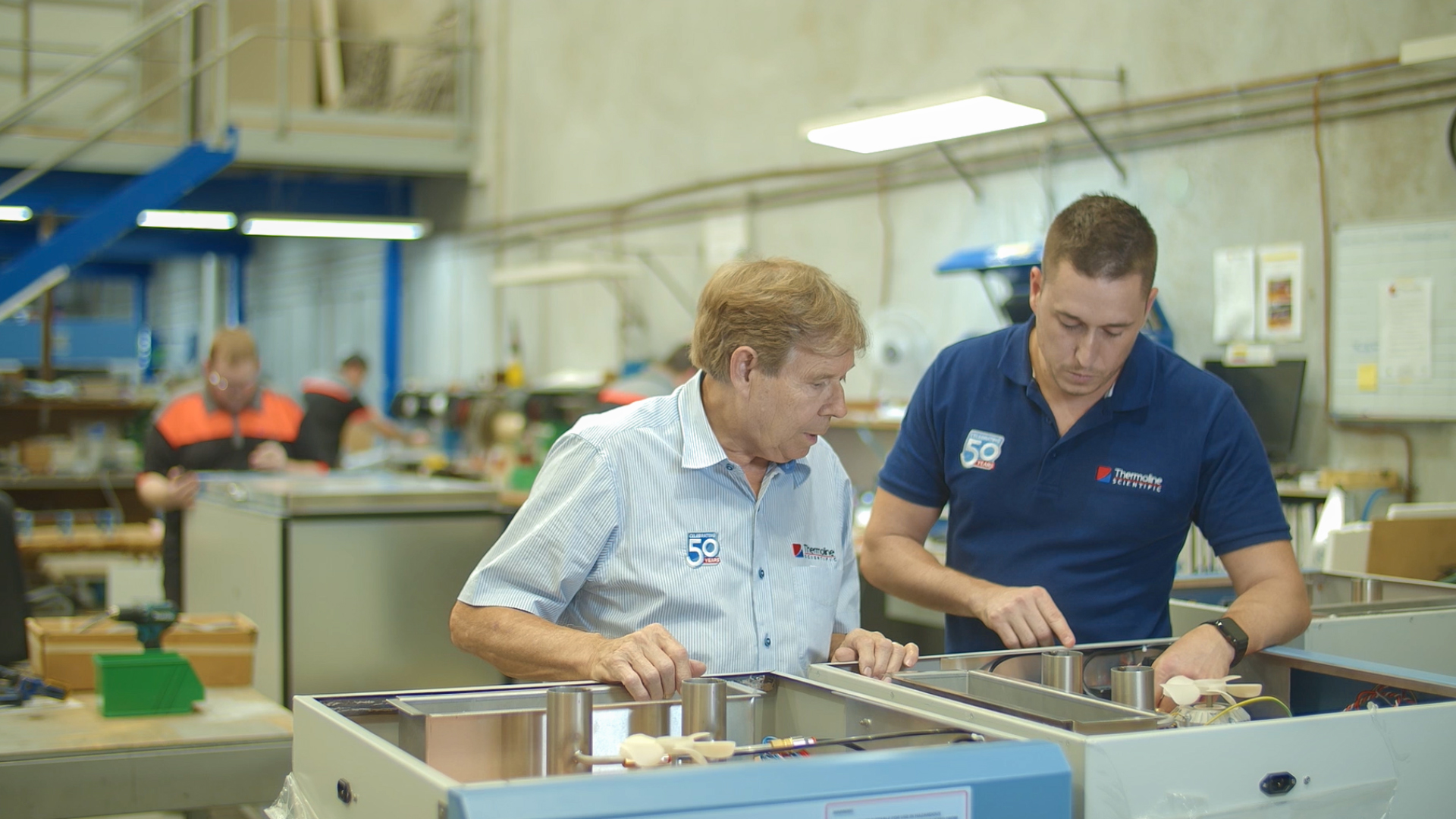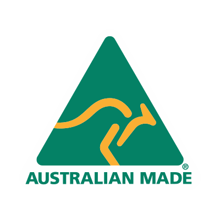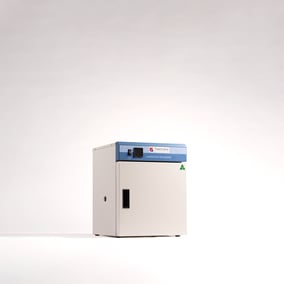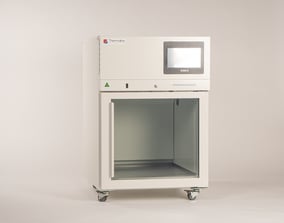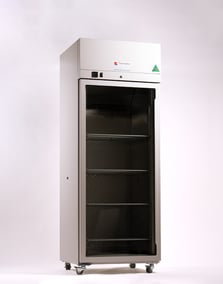Premium Refrigerated Incubators TRI
This range of incubators are often used where the temperature required is below ambient conditions.
These incubators are designed to maintain a specific temperature range, typically between +5°C to +45°C (+10°C to +45°C for the 145L), and are equipped with a refrigeration system to keep the internal temperature cool and stable.
Four models of premium refrigerated incubators are available for use in busy laboratories, including three Australian-made options (360L, 520L, and 1100L double door cabinet) and one 145L compact cabinet manufactured overseas.
Overview
Suitable for various laboratory applications – including sample testing, research, and culturing – our refrigerated incubator models accommodate small laboratories and large research facilities alike. They feature adjustable and removable open-wire product shelves with a protective coating for enhanced durability, ensuring long-term use.
Key Features
- Digital Temperature Display and High-Temperature Alarm: Easily monitor your incubator's conditions.
- Energy-Efficient Internal LED Lights: Provide easy product viewing (not intended for growth).
- Heavy-Duty Lockable Castors: Allow for easy movement (excludes 145L cabinet).
Additional Features
- Remote Monitoring: Connect your incubator to a remote measurement device via the 13mm cable/monitoring porthole with a removable rubber plug.
- Building Management System (BMS) Connection: Any alarm conditions will immediately notify those connected.
- Secure Doors: Glass or solid doors are optional and are key lockable (excludes 145L cabinet) to keep your products and samples safe.
Benefits
- Enhanced Durability: Adjustable and removable shelves with protective coating ensure long-lasting use.
- User-Friendly Design: Features like the digital temperature display, high-temperature alarm, and lockable castors make the incubator easy to use and move.
- Advanced Monitoring and Security: Remote monitoring and BMS connectivity provide real-time alerts and added security for your samples.
Choose Thermoline refrigerated incubators for reliable and versatile solutions that cater to the diverse needs of modern laboratories.
Technical Data
-
BrandThermoline
-
Capacity145L - 1100L
-
Models AvailableThree
-
Temperature Range+5°C (+10°C) to +45°C
-
Electrical4A/230V
Support & FAQs
At Thermoline, we strive to supply helpful customer support to ensure that you get the most out of our products. We are committed to providing whatever support our customers need, wherever they are in the world. If you can't find your solution in the below FAQs or Knowledge Base, please contact our friendly support team.
- What is a refrigerated incubator?
- Refrigerated incubators and cooled incubators are designed to maintain a constant temperature based on cooling requirements for research. Typical temperature settings ranging from +5°C to +40°C are most commonly used. Refrigerated Incubators often perform biological oxygen demand (BOD) testing, which requires temperatures of +20°C to +25°C.
- How do I choose a laboratory incubator?
The size and capacity of the incubator are the first and most essential considerations. Estimating the number of samples incubating at any one time will give a general idea of the proper internal volume.
A refrigerated incubator will need to be required for any application when close to ambient or below ambient temperature conditions are required.
- What is biological oxygen demand (BOD) testing?
Biological oxygen demand (BOD) testing is a laboratory technique used to measure the amount of dissolved oxygen consumed by microorganisms in a sample of water. The test is designed to measure the amount of oxygen required by aerobic microorganisms to break down the organic matter in the sample.
The BOD test is commonly used to assess the quality of water in streams, rivers, and other bodies of water. The higher the BOD level, the greater the amount of organic matter present in the water, which can indicate the presence of contaminants, such as sewage or agricultural runoff. High BOD levels can also indicate a reduced level of dissolved oxygen in the water, which can have negative effects on aquatic life.
The BOD test is typically conducted over a period of 5 to 10 days, during which time the sample is incubated in a sealed container at a specific temperature (usually around 20°C). During the incubation period, microorganisms in the sample consume oxygen as they break down the organic matter in the sample. The amount of oxygen consumed is then measured by comparing the initial dissolved oxygen level of the sample to the level at the end of the incubation period.

